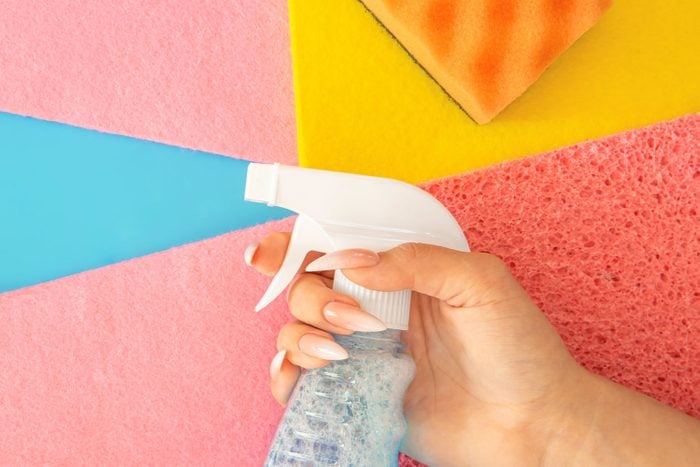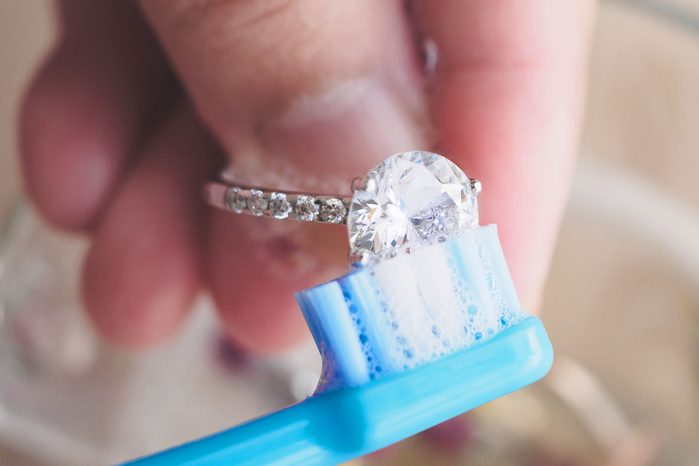
Polishing Jewelry
A spritz of Windex works wonders as a cleaning agent for metal jewelry and non-porous gemstones.
Before you start cleaning, make sure your piece doesn’t contain porous gems like opals or emeralds. Then simply spray Windex onto the jewelry over a bowl. Let the piece sit for one minute before rinsing with cool water. You can also use a toothbrush to scrub the Windex onto pieces with tougher stains.
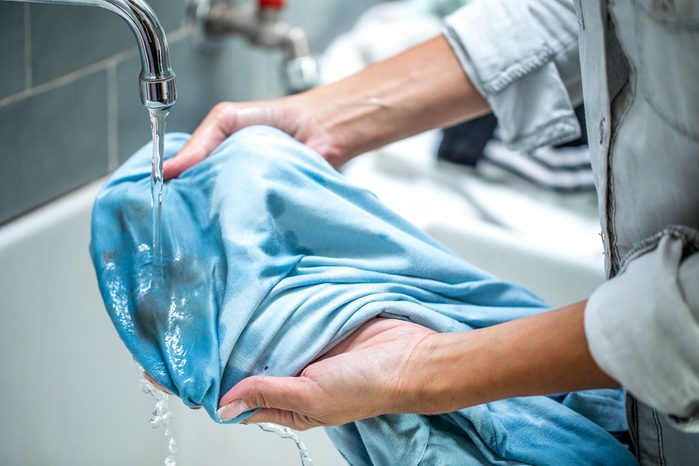
Removing Stains
Speaking of stains, Windex is clothing’s best friend. Spray the Windex onto a fabric stain let it rest for 15 minutes. Blot off any excess with a clean cloth, rinse with cool water, then wash normally. This works best with colorless Windex.
Don’t attempt this on delicate fabrics like silk. And never use Windex in combination with bleach, which can create toxic gas.
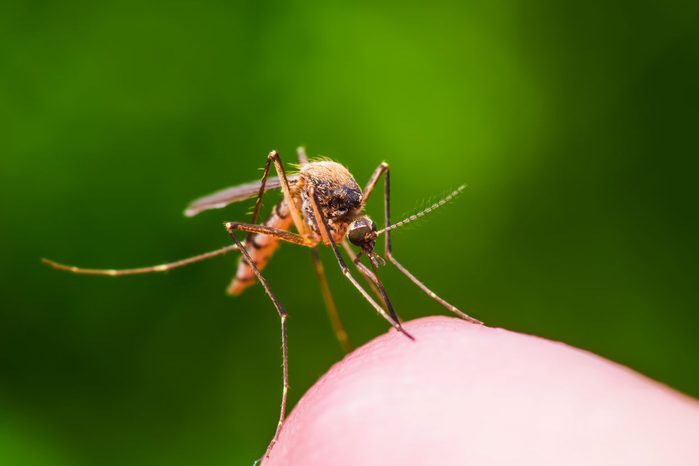
Killing and Repelling Insects
According to Upstairs Downstairs Cleaning, Windex makes an excellent bug killer. Simply spray any pests you’d like to eliminate, or spray the edges of doors and windows to keep them out.
However, don’t use this technique on stinging insects like wasps. Windex won’t instantly kill an insect, so you run the risk of angering them further and provoking a sting. If you need to eliminate wasps, try targeting their nest directly instead.
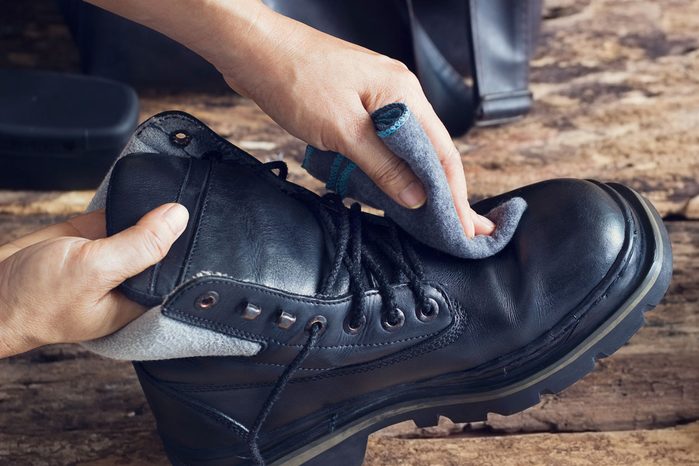
Shining Shoes
If you have any patent leather shoes in your closet, Windex will return them to factory-level shine. Just don’t use it on real leather shoes, because it will damage the delicate hide. When cleaning real leather, look for proper polish, conditioner and dubbin.
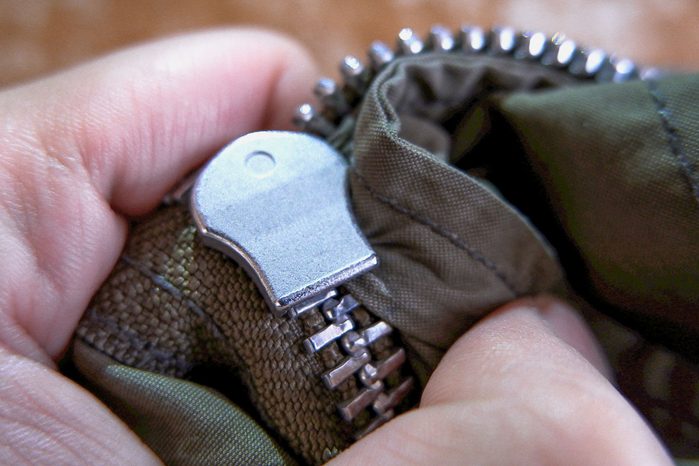
Unsticking Zippers
Does your jacket have a sticky zipper, rendering it unusable? Windex to the rescue!
To unjam a zipper, Southern Living suggests giving it a “small spritz,” letting it sit for a moment, then wiggling the zipper pull to get the Windex inside all the nooks and crannies. Voilà: your zipper will be good as new.
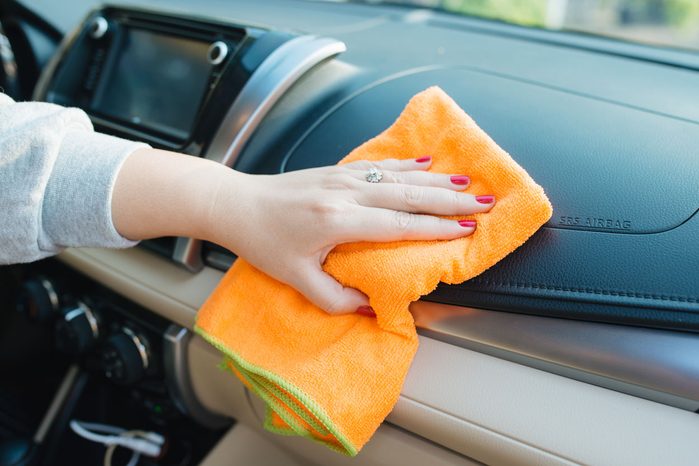
Cleaning Car Interiors
While it’s no surprise Windex can be used on car windows, many drivers may not think to use it elsewhere in the vehicle. Windex’s non-greasy formula makes it perfectly suited to clean car interior plastic, leather and upholstered surfaces.
Use it to clean the dashboard, steering wheel, air vents, seats and even any faux wood accents. Remember: Windex should not be used on real wood!
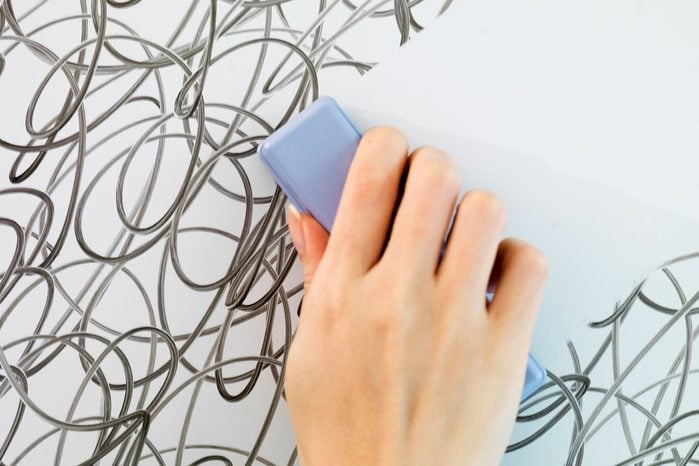
Wipe Off Whiteboards
You don’t need a specialized product to get a squeaky-clean whiteboard. Take off any marker residue or dust with a few spritzes of Windex and a rag.
According to the whiteboard company EverWhite, Windex can even remove permanent marker like a Sharpie when you let it rest on the marks for a couple of minutes.
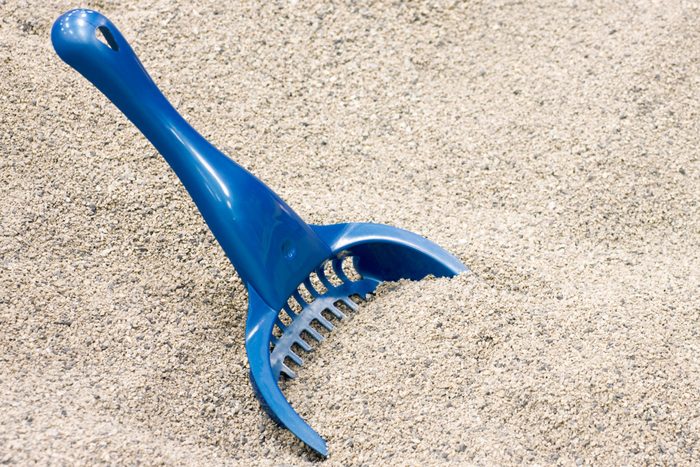
Refreshing Litter Boxes
Cleaning the litter box is never a fun task. But it can go a little more smoothly with the help of Windex.
Next time you go to change the cat litter, try using Windex to clean the box itself. This can prevent the buildup of dust and urine, reducing unwanted odors.
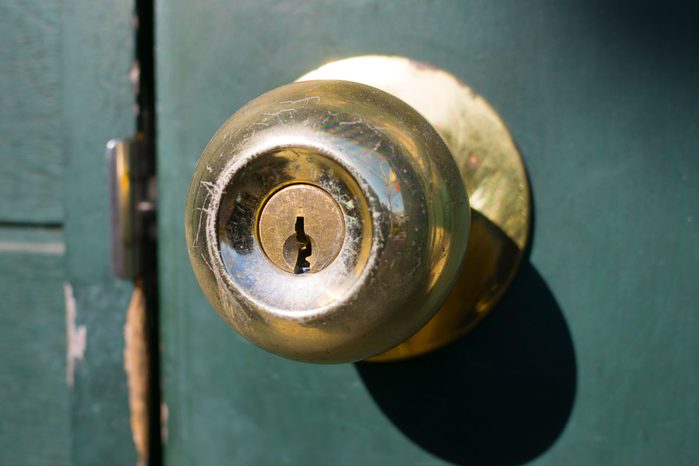
Disinfecting Doorknobs
Doorknobs are one of the grimiest surfaces in your entire house (yes, even if they’re made of brass). Windex’s solvents can dissolve any dust or grease on your doorknob, disinfect it and make it beautifully shiny. Just spray the knob with Windex and buff it with a lint-free cloth.
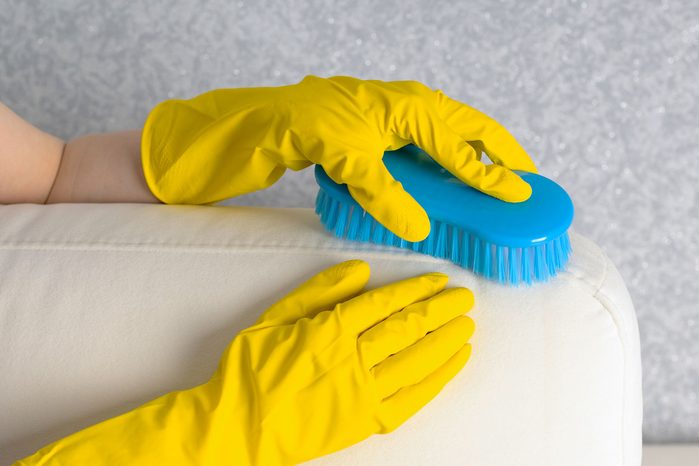
Cleaning Upholstery
Finally, Windex is a lifesaver for synthetic microfibers. While this upholstery material has skyrocketed in popularity due to its durability, it can stain easily, even from water.
To treat stains on microfiber furniture, spray lightly with Windex, then gently scrub the surface with a soft-bristled brush. Be sure not to soak the upholstery, which can further damage the material. If the stain is particularly stubborn, repeat the process.
